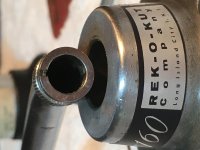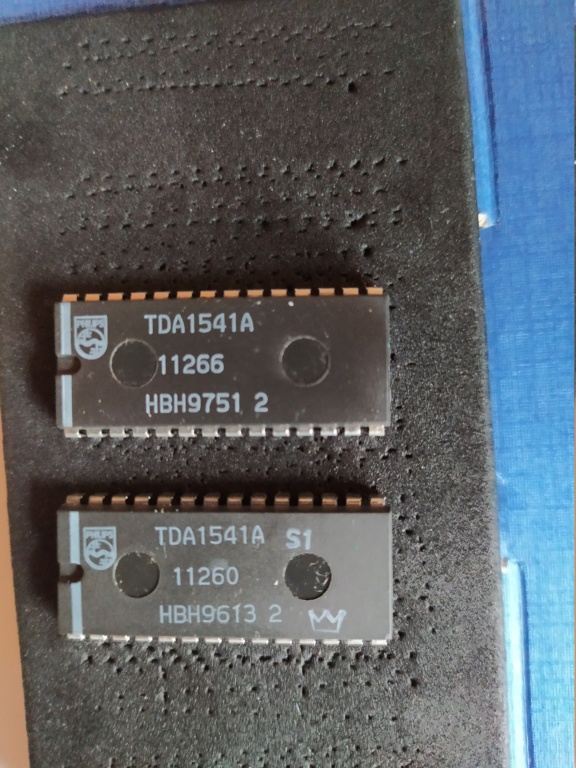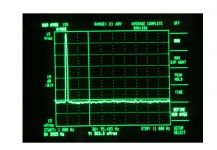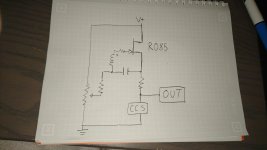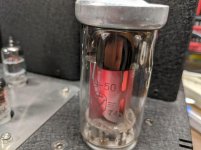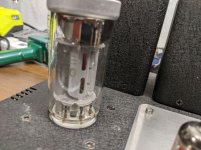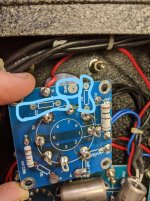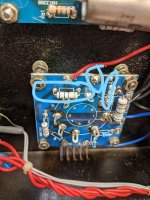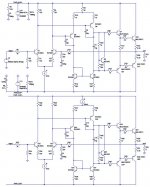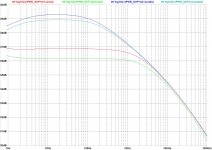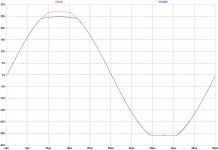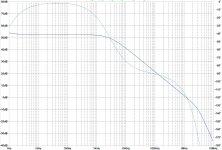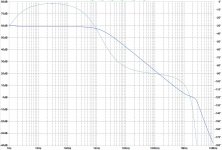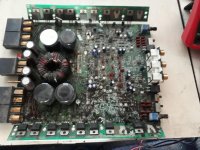What I finally get about the FF85WK
Like I said I really came into the forum to discuss the 4" but I'm happy to see what you guys think of the setup and anywhere I might be going wrong, unreasonable expectations,etc. I feel like I've given them enough time to get used to a lot more detail.
Brightness might be the wrong word. Sibilance is zero issue. Cymbals and hi-hat sound great. The upper part of female voices sounds great (upper chest, neck, voice box, enunciation). Perhaps brash is a better word. I knew they would be a bit forward and perhaps that is part of what I hear, but I feel like I'm separating out the forwardness/shouty from my perception of the sound signature.
The other night I listened to them (critical listening) for about six hours. Not full songs, hopping around while playing with running them with EQ, wide open, different volumes, sub in, sub out, X-over points, sat back a bit, etc. At the end I was disappointed with how they had worked out for me. (not blaming the speaker)
The wall to the right of me could probably use some sound absorption which is about 2' away from the speaker. But other than that the room is pretty much mixed surfaces, carpet on the floor. The Speakers are about 8" away from the (bare) wall behind them. The room is about 10x12. The back wall is about 6' behind me. But I'm not trying to fill the room. But I did notice that a good solid foot back from where I sit there is a sweet spot where they sound the best. I have tried pushing them back closer to the wall, and further out on the desk to get them further away with mixed results.
Outboard gear
I'm using the usb out of my computer to a Topping VX1. The headphone out of the topping goes to the line in on the sub. It's one of the reasons I got the VX1 is because it can output both speakers and headphone at the same time.
TOPPING VX1
The drivers are in ufonken cabinets, exactly according to the plans. I was very careful on all steps especially fitting the brace. Touching, but not too tight. I put in all the deadining material as close to the plans as I could.
They are on a monitor bridge and then on 4" stands that weigh 1lb each. As I sit the speakers are just about ear level and I have them facing straight out into the room in a roughly 3" equilateral position with me at my desk. I have played with the position a lot. Though they sound pretty good pointed dead at my head.
The sub is built around the TB 5 1/2" sub speaker built in a 9l sealed box. F3 was about mid 70ish. I forget the Q but it was in the .7s
I crossover the sub at about 160hz. Though I've played with it anywhere from 180 to 120. At lower volumes I like to feed a bit of lows to the speakers. Trying for that balance I guess that Bob mentioned.
I mostly use Foobar player using the WASAPI driver. Files are 192kbs or better. I have a folder of all 320k and Flac that is my 'library' for foobar.
That's the story and I appreciate you guys taking an interest in my enjoyment of the speakers.
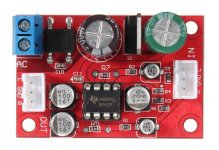
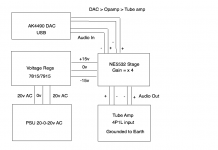
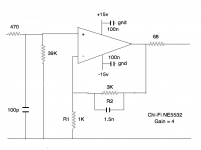
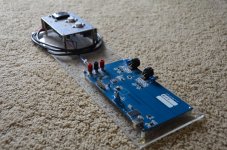
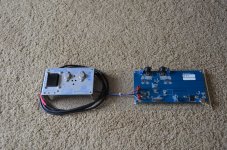
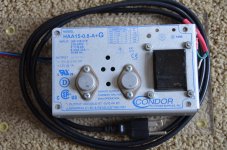
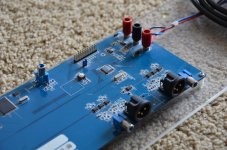

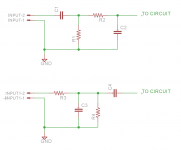
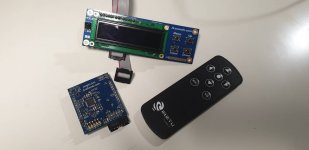

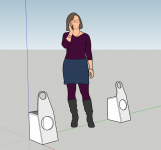
![IMG_3339[1].jpg IMG_3339[1].jpg](https://www.diyaudio.com/community/data/attachments/762/762019-1ed2a9bc9e66b118a6d93c2af38ddee7.jpg?hash=HtKpvJ5msR)
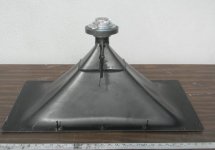

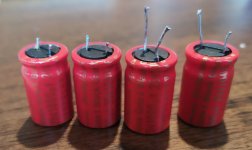

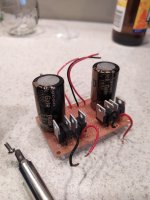
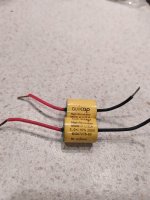
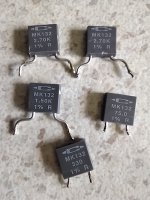
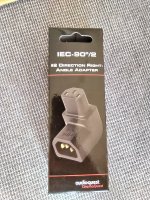
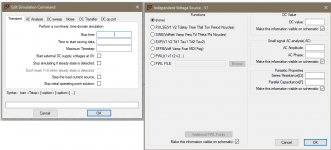
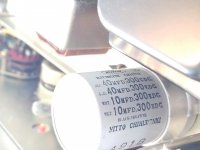
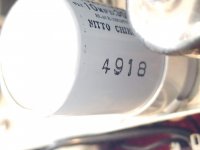
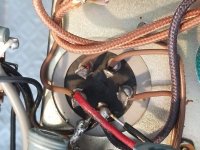
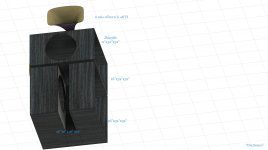










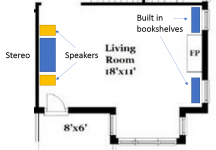
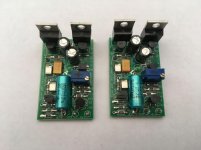

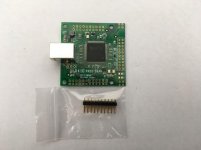
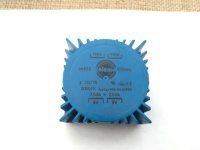
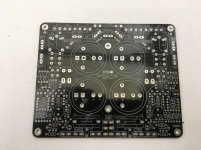






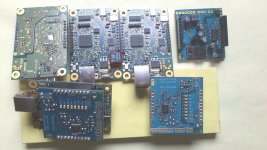
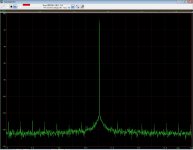
 .
.